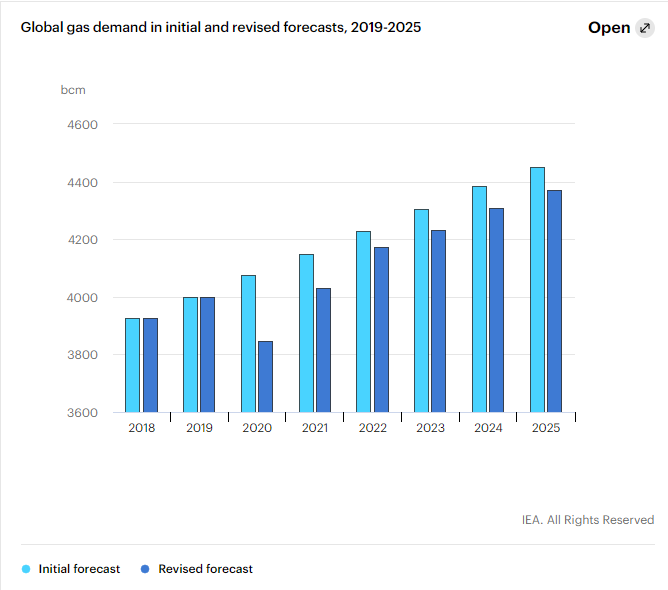U.S. Oil and Natural Gas Showed Resilience in 2020
As we look back on 2020, there’s no denying it was a challenging year for everyone, including the U.S. oil and natural gas industry. Production decreased for the first time in years as a result of the pandemic and its impacts on global markets.
But despite these unique and unexpected challenges, the industry continued to show its resiliency throughout the year: The United States produced nearly 109 billion cubic feet of natural gas and nearly 11 million barrels of oil per day, as of September.
Oil and natural gas exports remain strong.
Global demand for oil, other liquids and natural gas took a hit this year as much of the world reduced travel and worked from home.
Nonetheless, U.S. oil exports as of September were on par with 2019 totals, with the United States exporting more than 8.3 million barrels of crude and other products per day, according to Energy Information Administration data.

Similarly, EIA data show natural gas exports in September reached 394.8 bcf, slightly outpacing those in September 2019.

LNG demand and exports declined in 2020 but are expected to increase in 2021.
Exports of liquefied natural gas experienced a sharp decrease in the beginning of the year but bounced back in the latter half and have been trending upwards since July.

The International Energy Agency estimates global natural gas demand will grow by 1.5 percent annually through 2025 driven by Asia, with the United States continuing to be a strong supplier of the resource.


U.S. energy-related emissions fell in 2019.
It’s true that Covid-19 played a significant role in decreased emissions in 2020 – the majority of the decline can be attributed to the pandemic – but it wasn’t the only factor. CO2 emissions from natural gas are estimated to have fallen 2 percent in 2020, despite electricity generation from the fuel growing by 55,000 gigawatt-hours in the first half of the year.
As EIA recently explained:
“Natural gas, which accounted for an estimated 36 percent of U.S. energy-related CO2 emissions in 2020, is consumed in several sectors. The electric power sector consumes the most natural gas of any sector, and EIA estimates that in 2020, although electricity consumption declined slightly, the use of natural gas to generate electricity increased.” (emphasis added)

Conclusion
Was 2020 the record-shattering year that EID normally writes about in our end of the year reflections? No. But it was a year when the oil and natural gas industry was able to double down on environmental commitments (read about those here) and show its resiliency to continue to provide affordable, reliable energy despite unprecedented challenges.

No Comments